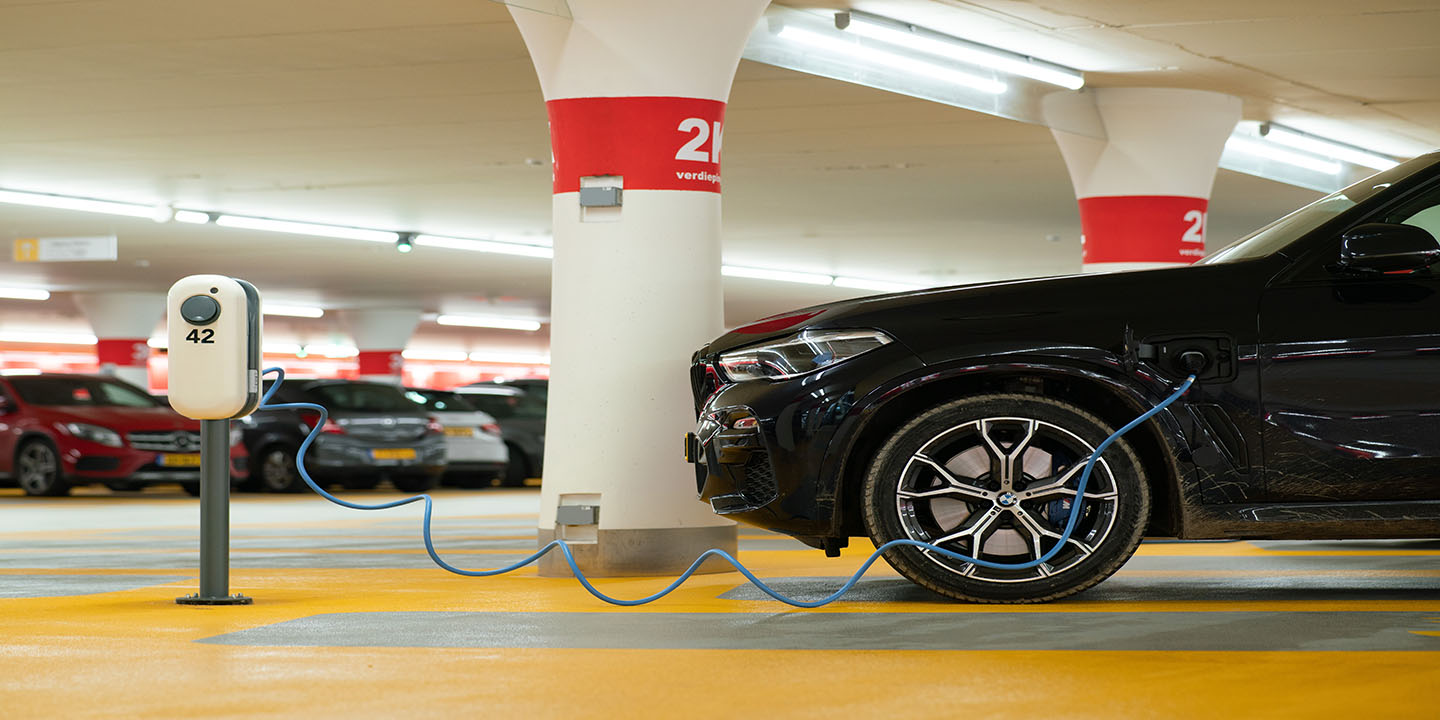Stress Behind The Steering Wheel
Being an F1 driver sounds cool until you realize it’s basically a full-body workout mixed with a math test inside a noisy oven going 200 mph. These drivers deal with stuff that makes most jobs look like nap time. Their brains are busy. At the same time, their bodies are getting slammed by forces that make their core muscles work overtime. So, first, look at ten mental challenges that mess with their heads.
1. Maintaining Focus For Two-Hour Races
F1 drivers are required to maintain uninterrupted concentration for nearly two hours, filtering out external distractions. A small lapse in the driver's focus can lead to missing a braking point or misjudging an apex. This level of performance relies on sustained hyperawareness.
2. Reacting In 0.2 Seconds To Sudden Changes
When another car dives inside at a corner, F1 drivers have about 0.2 seconds to respond. These reactions are built through repeated training that blends muscle memory with instinct. So, drivers train their reflexes to operate under extreme stress, where the brain gradually adapts to race tempo.
3. Reading Complex Data In Real Time
F1 drivers process a constant stream of information mid-race, all displayed through dashboards. In short, multitasking is critical, as they must toggle settings during wheel-to-wheel battles and interpret coded team messages without missing a beat.
4. Processing Dozens Of Decisions Per Minute
Each lap demands relentless mental activity. F1 drivers make dozens of decisions every minute. Their brains integrate real-time data with past experiences, enabling swift, trained responses that anticipate opponents and adapt instantly to changing conditions.
5. Adapting Instantly To Rain Or Track Changes
Track conditions evolve constantly, which is why F1 drivers detect these changes through subtle cues like steering feedback and vibrations. They instinctively adjust lines and braking points, updating their internal circuit map with each lap in real time.
6. Controlling Emotions After Near-Collisions
Near collisions trigger intense adrenaline spikes, but drivers must maintain clarity under pressure. Emotional responses like anger or panic can lead to poor decisions or penalties. Mental control is essential—they often continue battling the same driver involved.
7. Resisting Panic In Mechanical Failures
Mechanical issues like sudden brake fade or engine trouble can trigger fear at the worst moment. Panic leads to delayed reactions. With alarms sounding and rivals nearby, emotional overload can cloud judgment. In short, failure to stay composed risks collisions.
8. Handling Radio Traffic While Racing At 200+ mph
Mid-race radio calls demand instant understanding, often delivered in code while drivers cross high-speed corners. Miscommunication or poorly timed instructions can cause confusion. And when radios fail, drivers lose critical updates, forcing solo decisions under risky situations.
9. Coping With 122°F Cockpit Temperatures
Extreme cockpit heat (exceeding 122°F) directly impacts cognitive performance. As dehydration sets in, focus diminishes, and reaction times slow. Such prolonged exposure may trigger disorientation, and the brain begins prioritizing basic survival over maintaining optimal race performance.
10. Enduring Jet Lag Before Global Races
With back-to-back races across continents, drivers face shifting time zones that clash with training schedules and media duties. That is when mental fog sets in, reducing precision. To adapt, they follow strict routines using light exposure and supplements.
Now, here are ten physical challenges that push their bodies to the edge.
1. Withstanding Lateral Forces In Tight Corners
When an F1 car dives into a corner at blistering speed, it’s the driver’s body holding firm against a violent sideways shove. To keep from bouncing off cockpit walls or shifting their weight mid-turn, drivers condition their neck, core, and spine like human suspension systems.
2. Performing Precision Steering With Heavy Load
Behind the wheel of an F1 car, steering is a test of grit. Despite some power assistance, guiding the car through micro-corrections demands fierce grip strength and upper-body stamina. Yet, even with arms screaming and shoulders aching, top drivers avoid twitchy corrections.
3. Sustaining Muscle Control Without Rest
In Formula 1, every lap is a relentless test of muscle discipline. Drivers hold tension like human sculptures, keeping every movement stable and controlled. And while pit stops offer fleeting seconds of stillness, the demand for fine motor control never lets up.
 Fabio Alessandro Locati on Wikimedia
Fabio Alessandro Locati on Wikimedia
4. Mastering Tire Degradation While Driving
Tire wear sneaks in, lap by lap. Drivers pick up on it through growing vibrations and the subtle slip of traction. Every corner exit becomes a test, requiring instant tweaks to braking and throttle. It’s not about guesswork, as their bodies tell them when the grip’s going.
5. Controlling Breathing Under Intense Strain
In the chaos of high-speed racing, even breathing becomes a performance tool. F1 drivers train to control each inhale and exhale, syncing their rhythm with braking zones and acceleration bursts. It keeps oxygen flowing and fatigue in check.
6. Regulating Bladder Control Mid-Race
When you're strapped into a cockpit for nearly two hours, there's no pulling over for a bathroom break. Some drivers cut back on hydration to avoid the urge—though that invites cramps. Others just go during the race, accepting the discomfort as part of the grind.
7. Ignoring Pain And Minor Injuries During Races
Admitting pain risks appearing weak or even getting pulled from the seat. But masking it comes at a price. Painkillers can blur reaction time, so most drivers just grit their teeth and carry on. Every turn, every shift, they power through discomfort, hiding it behind flawless lap times.
8. Battling Dehydration In Long Runs
An F1 cockpit feels less like a car and more like a furnace—with temperatures hotter than a sauna. Drivers sweat buckets, sometimes losing fluids before the race is halfway done. And if their water system fails, they’re stuck bone-dry for the duration.
9. Experiencing Vision Blur At High Speeds
When G-forces hit hard in high-speed corners, even the sharpest eyesight gets momentarily fuzzy. For F1 drivers, that blur is just part of the job. They train to keep their eyes locked in, holding focus when things briefly smear. That’s why helmet fit and visor tension matter.
 Daniel Reinhard / Certina Watches on Wikimedia
Daniel Reinhard / Certina Watches on Wikimedia
10. Feeling Numbness In Hands And Feet
Every lap, the vibrations from the wheel and pedals creep deeper into a driver’s limbs. Hands start to chill, feet begin to tingle, and slowly, that feel for throttle and brake fades. Some drivers sneak in quick finger wiggles on straights just to keep blood moving.

























